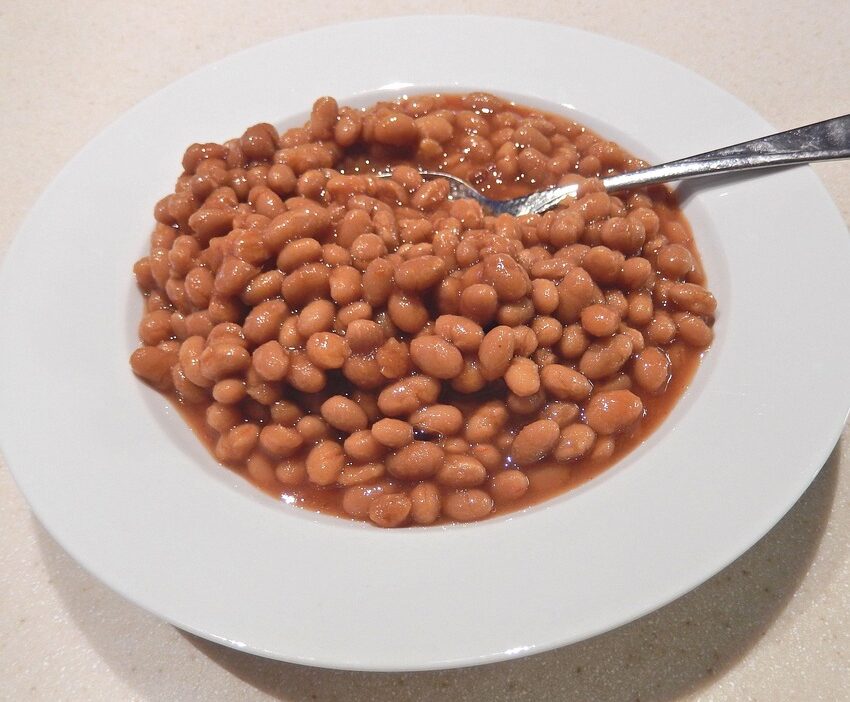In today’s fast-paced world, where instant gratification reigns supreme, the art of slow cooking stands out as a testament to the pleasures of patience. With the rise of electric slow cookers and advanced kitchen appliances, mastering slow cooking has never been more accessible. This culinary method is not just about convenience; it’s about coaxing the deepest, richest flavors from the ingredients we use.
The Magic of Slow Cooking
Slow cooking is predicated on the principle of time. Unlike traditional cooking methods that rely on high heat to hasten the process, slow cooking allows flavors to meld and develop gradually. The key benefits include:
-
Enhanced Flavor: When food is cooked slowly, the natural sugars in meats caramelize, vegetables soften, and herbs infuse their essence, creating a harmonious blend of tastes and aromas.
-
Tender Textures: Collagen-rich cuts of meat, such as chuck roast or pork shoulder, become meltingly tender after several hours of low and slow cooking. This technique transforms tough cuts into succulent dishes that are easy to shred or slice.
-
Nutrient Retention: Cooking at low temperatures over an extended period helps retain vitamins and nutrients, ensuring you enjoy both flavor and health benefits.
- Convenient Meal Prep: Slow cooking allows you to prepare meals in advance, making it easier to manage busy weeknights. With a little morning prep, you can come home to a hot and hearty dinner waiting for you.
Essential Tips for Successful Slow Cooking
1. Choose the Right Ingredients
Selecting the right ingredients is crucial. Bone-in, skin-on cuts of meat tend to yield the best results, as they release fats and juices that enhance flavor. Seasonal vegetables, legumes, and hearty grains like barley or farro also stand up well to long cooking times.
2. Layer Flavors
Building flavors is essential in slow cooking. Start by browning meats and sautéing aromatics like onions and garlic before adding them to the slow cooker. This initial step adds depth and complexity to the final dish.
3. Mind the Time
One of the advantages of slow cooking is the flexibility it offers. However, keeping an eye on the cooking time is critical; overcooking can lead to mushy textures. Typically, most recipes can be followed with a low setting of 6 to 8 hours or a high setting of 3 to 4 hours.
4. Adjust For High Heat
If you notice that a recipe requires a longer cook time than intended, or if you’re using an unfamiliar slow cooker with varying heat distributions, don’t hesitate to adjust. The “high” setting can often work well for recipes that don’t require the full 8 hours.
5. Finishing Touches
While slow cooking develops deep flavors, finishing touches can elevate your dish. Consider adding fresh herbs, a splash of vinegar, or a squeeze of citrus just before serving to brighten the flavors and add a final flourish.
Exploring Slow Cooking Recipes
1. Classic Beef Stew
A beef stew is a quintessential slow-cooked dish. With robust flavor from beef chuck, carrots, potatoes, and aromatic herbs, this hearty meal is the ultimate comfort food.
2. Split Pea Soup
Nutritious and filling, split pea soup cooked slowly allows the peas to break down into a creamy texture, infusing flavors of ham hocks and fresh herbs.
3. Vegetarian Chili
Layer beans, tomatoes, and various spices in a slow cooker to create a vibrant vegetarian chili that simmers to perfection, allowing flavors to develop harmoniously.
4. Apple Cinnamon Oatmeal
Transform breakfast with a slow-cooked apple cinnamon oatmeal. Steel-cut oats soaked in milk and flavored with cinnamon and diced apples create a warm, cozy start to your day.
Conclusion
In a world dominated by speed, the slow cooking method is a reminder that good things come to those who wait. By embracing the principles of slow cooking, home chefs can unlock a treasure trove of flavors and textures. Whether you’re whipping up a simple weeknight meal or an impressive feast for guests, the art of slow cooking encourages a reflective approach to food that honors its ingredients and creates unforgettable dishes.
So, the next time you find yourself in the kitchen, take a moment to savor the process. Remember: slow and steady wins the flavor!



